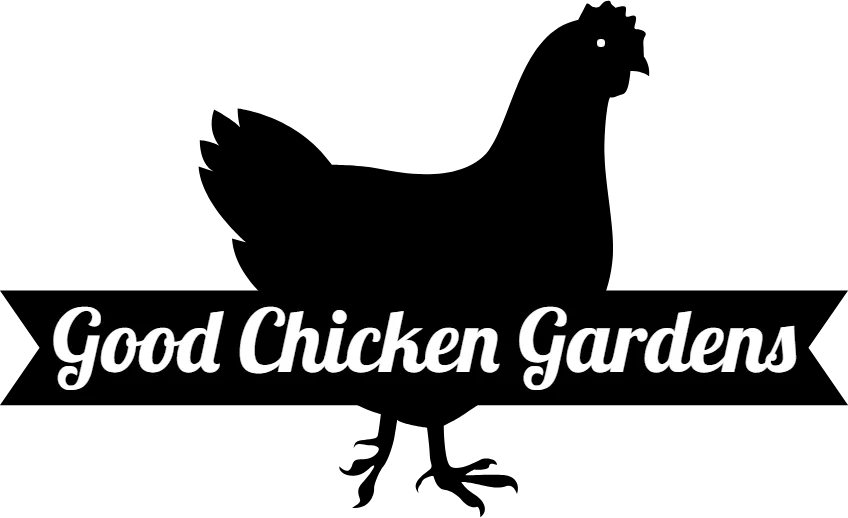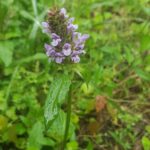In this post I will highlight some native edible plants that can grow in your yard to replace your lawn and still comply with less strict HOA, city, and county ordinances. “Short” is under 10 inches.
Clover
Clover comes in two common varieties, Red (Clemson) and White. We get ours from Marietta Seed and Feed for a very reasonable price. The main Benefits of clover are:
- Native
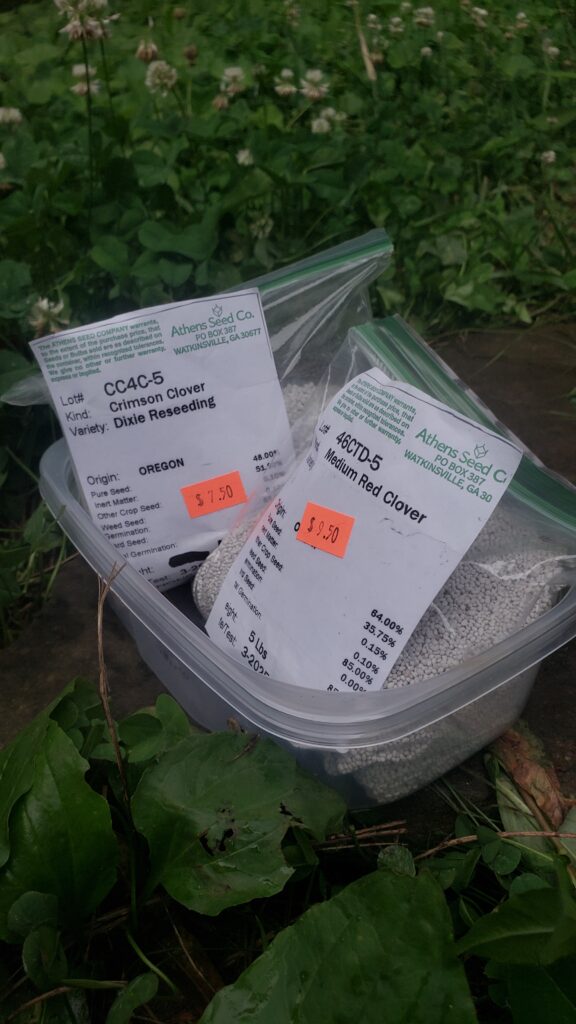
Lyreleaf Sage
Also known as “Cancer Weed”, this herb is in the mint family, edible, and native! Benefits of having it in your yard:

- Edible
- Used Medicinally Historically
- Pollinators Love it
- Short height except when flowering
- Native
Self-Heal
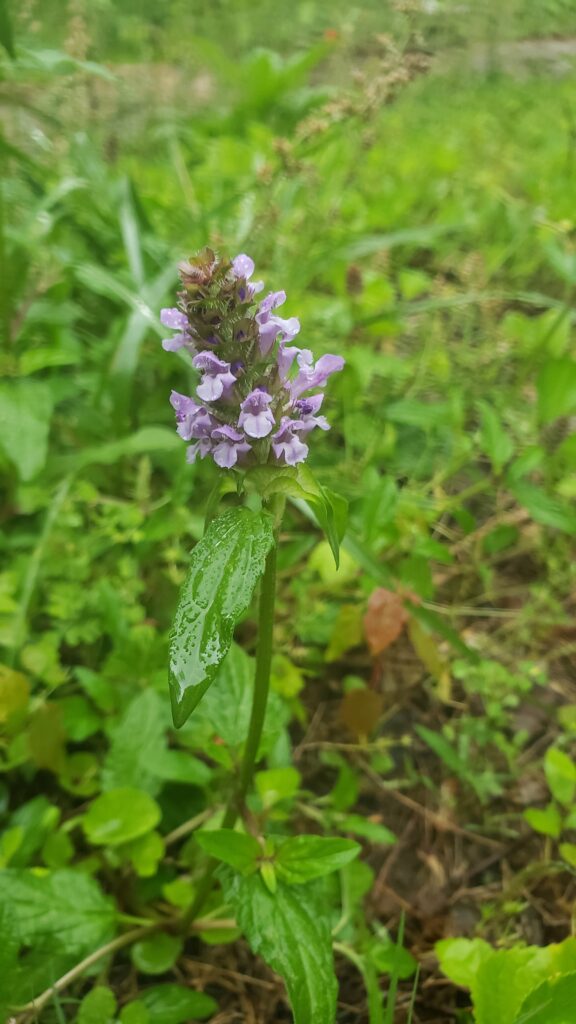
- Used Medicinally Historically
- Pollinators love it
- Prolific
- Native
Plantains
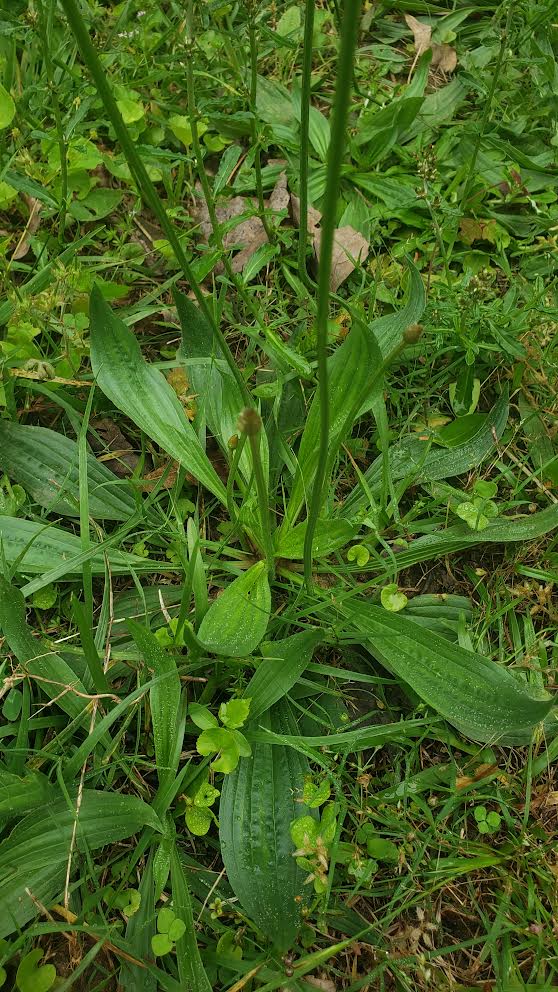
- Edible
- Prolific
Wild Lettuce
Wild Lettuce is a very useful and edible plant. I like to use leaves in my ramen and make tea to immediately relieve cold symptoms. This will grow very large, but you can harvest it whenever it gets too big and harvest it’s natural Lactucarium.
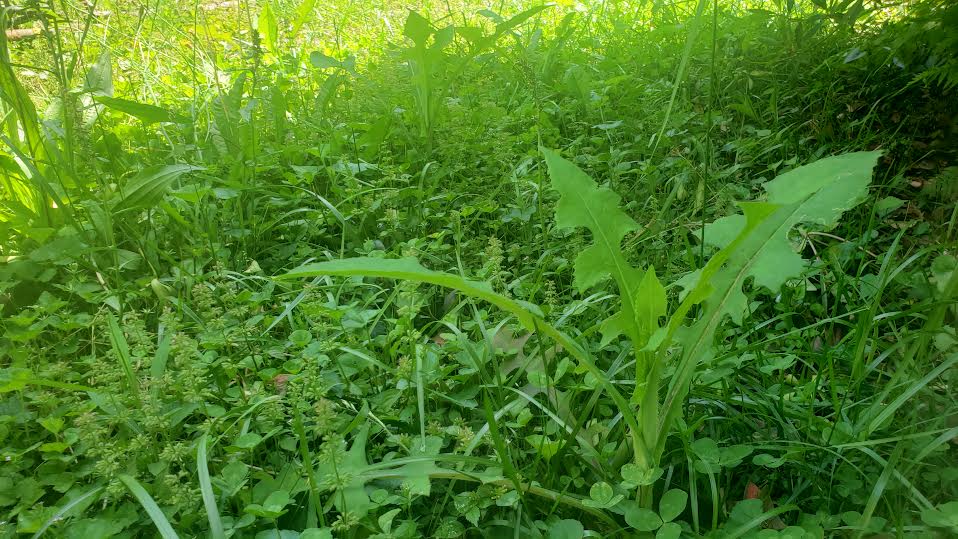
- Edible
- Prolific
- Easy to manage
Wood Sorrel
Sorrell is a great three leaved plant that almost looks like a clover but has beautiful yellow or purple flowers. Sorrell has a sour or citrus taste and creates very tasty seed pods.
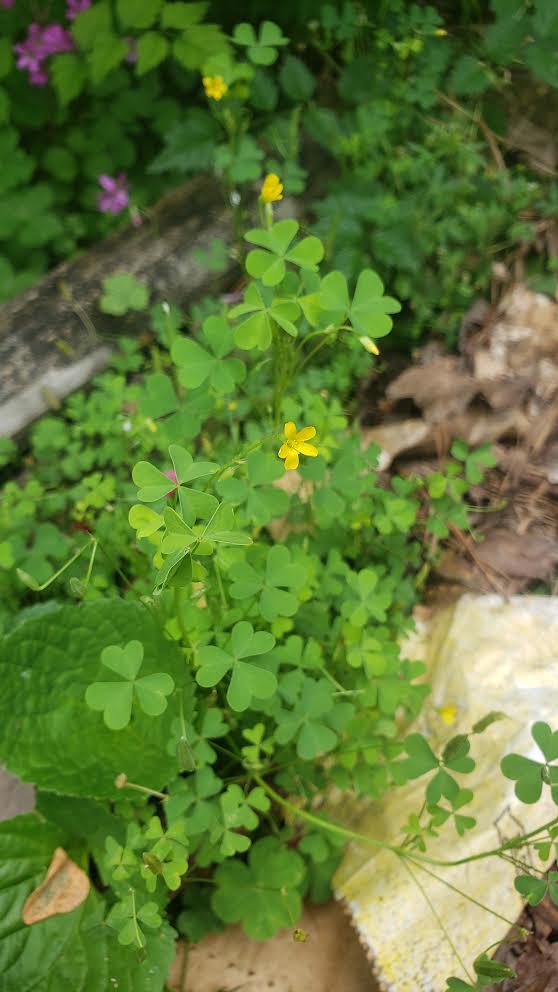
*Some people may react negatively to sorrell due to the oxalic acid when chewing so be careful!
Mugwort
This one grows much taller but can be harvested at the desired height for use in tea to soothe the throat. Its also claimed to be used to help with anxiety, indigestion, and dreams. Here’s why you should grow it:
Dandelion
I could not make a useful plant list without including one of my favorite plants, the Common Dandelion. while most people thing its just a weed, when controlled it does not drown out biodiversity and can help break up compacted soil. Also it has long been used as a superfood and survival food that is packed with vitamins and minerals. Reasons to add it to your yard:
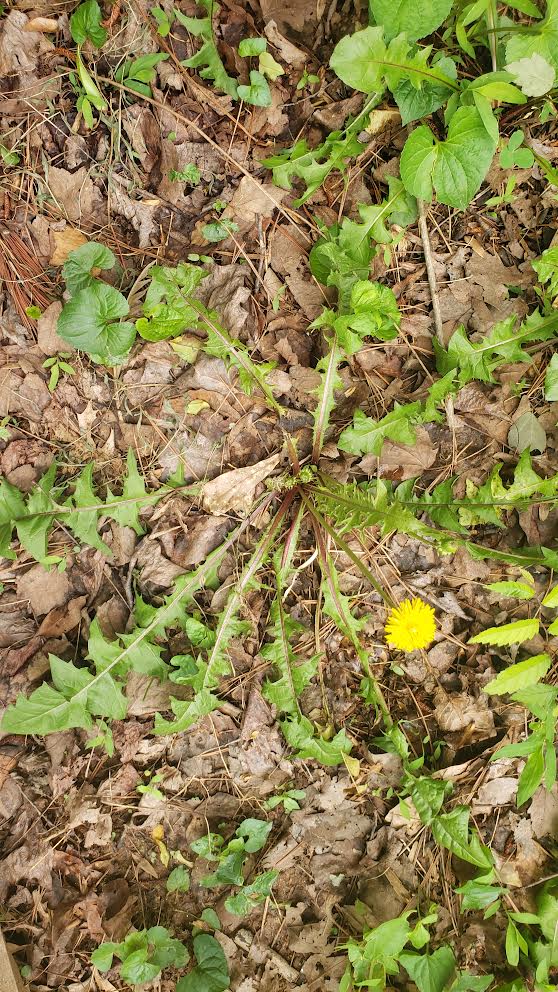
Happy Gardening!
